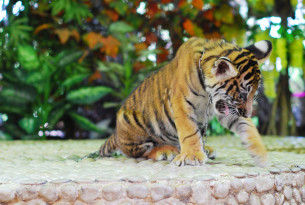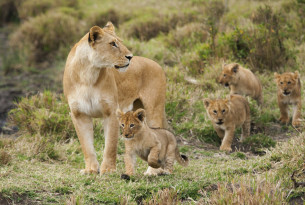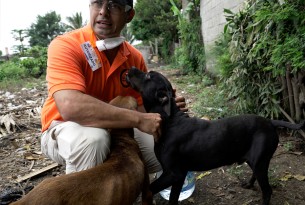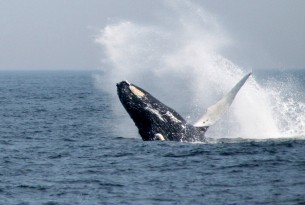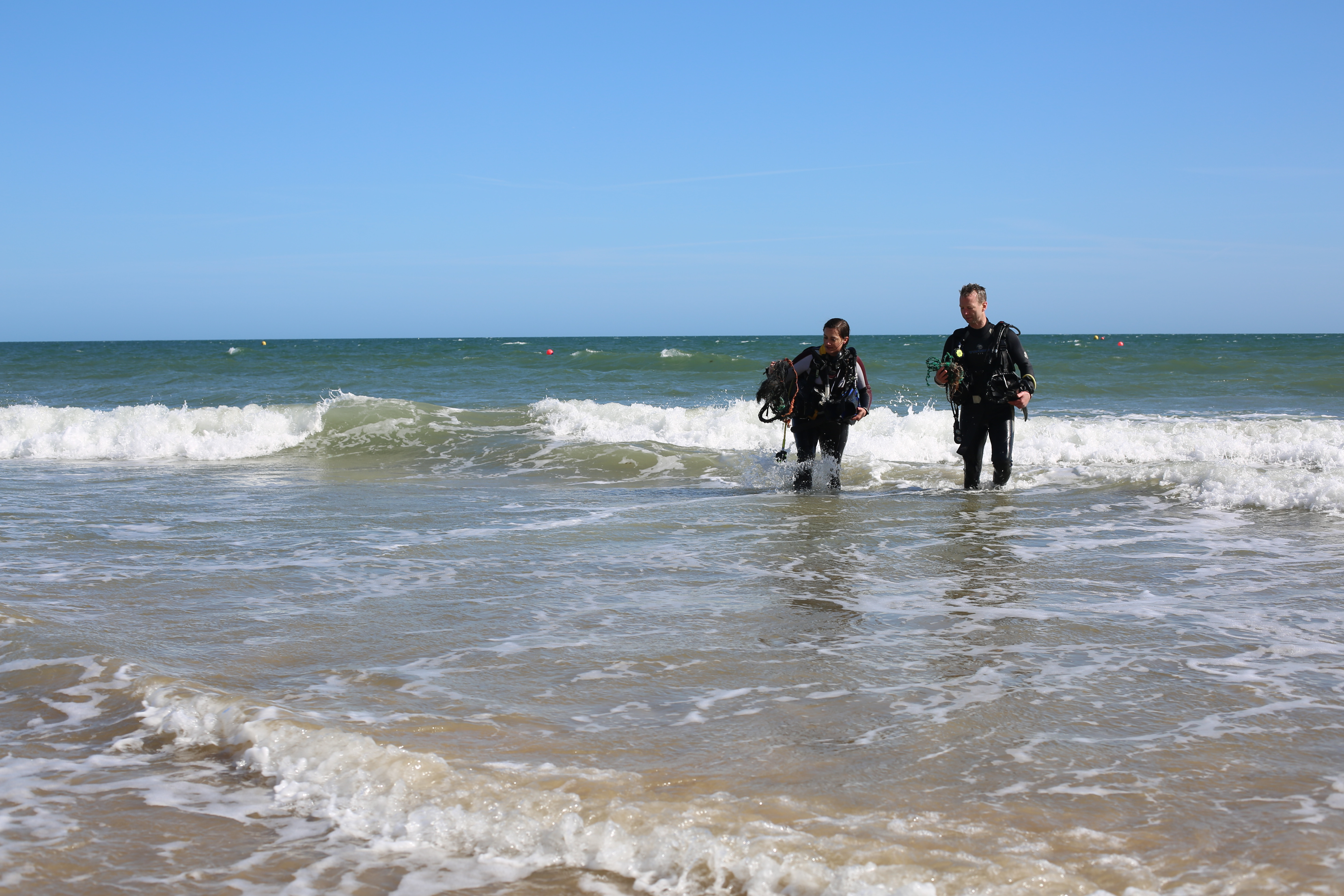
Fishing litter travels over 4,800 km from North America to Scotland
The impact of fishing litter on the marine environment is seen in the media regularly, but finding the source of much of the litter and ghost fishing gear can be more challenging.
Shetland Amenity Trust in Scotland recently coordinated Shetland’s 28th annual spring cleanup, Da Voar Redd Up, during which over 4,500 volunteers collected around 70 tonnes of debris washed up during winter storms. Among the litter were a number of quite telling finds from Scousburgh Sands and other local beaches in Shetland, Scotland. The organization collected a variety of washed-up tags from lobster pots, which they have traced all the way back to North America.
Jane Outram from the Shetland Amenity Trust said: “We come across all kinds of litter from our beach cleans, but research into these tags and their lettering revealed that these lobster trap tags have indeed made a transatlantic journey from Newfoundland and Maine, traveling over 3000 miles to end up here in Shetland. Some of the tags were set on traps as long ago as 1988!”
Shetland Amenity Trust reported the tags to us so we could measure the devastating impact of ghost fishing gear on the marine environment.
Elizabeth Hogan, our U.S. Oceans and Wildlife Campaigns Manager, sai
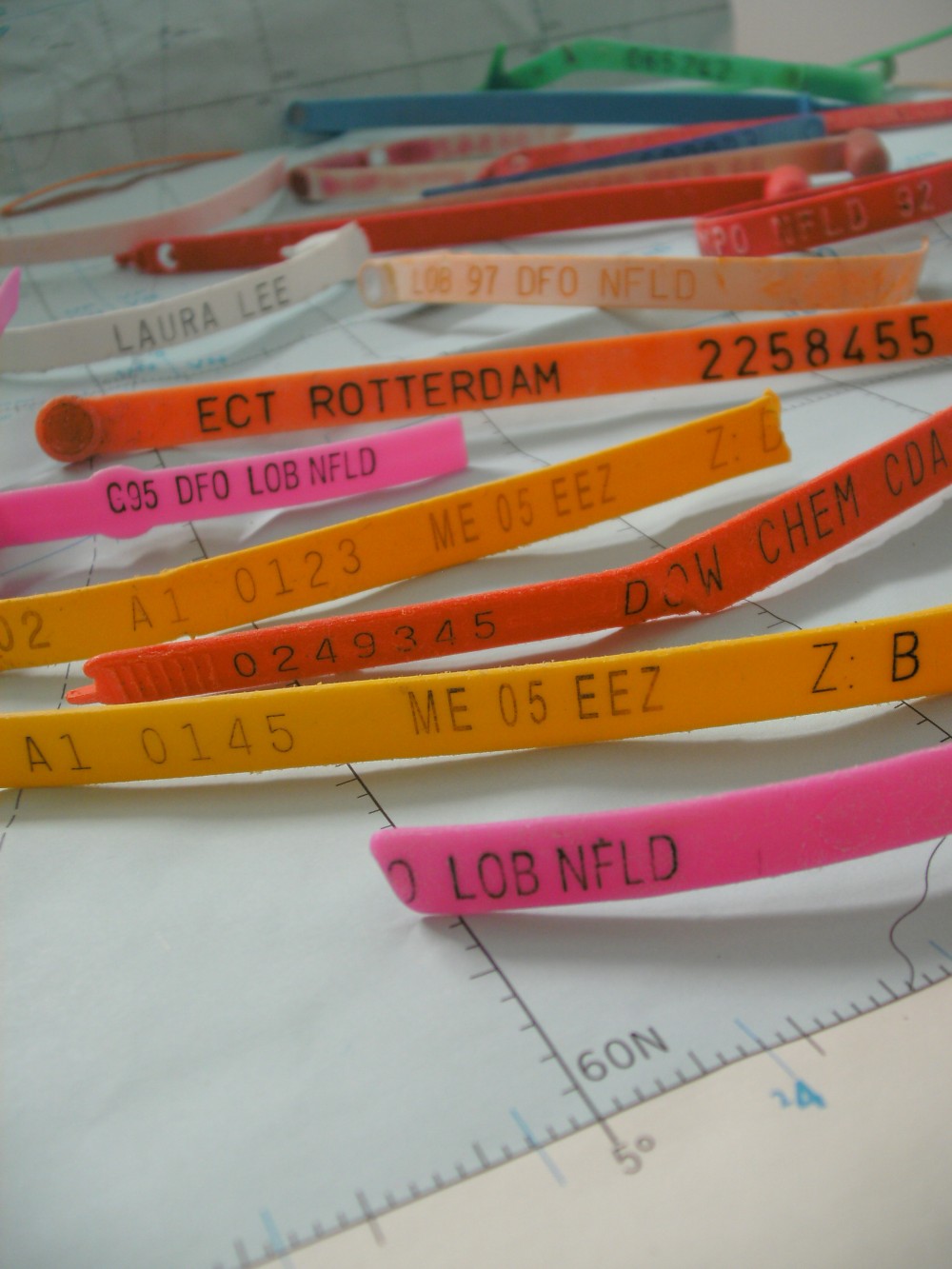
We're working to lessen the volume of ghost gear in the UK and off the Northeast coast of the United States. Earlier this year, we partnered with the Gulf of Maine Lobster Foundation and local fishermen to remove some 147 derelict fishing traps, as well as 1,000 pounds of rope and line, from local waters. All animals found inside lost traps, including lobsters, crabs, sea stars, urchins and fish, were released back into the Gulf of Maine, and 44 traps that were still in good condition were returned to their owners.
Most fishing gear is made out of plastic, meaning that it persists in the oceans for centuries, accumulating year over year. We estimate that more than 136,000 seals, sea lions and large whales are killed by ghost fishing gear every year. An unimaginable number of birds, turtles, fish and other species are also injured and killed.
Members of the public can upload their sightings of ghost fishing gear at http://worldanimalprotection.org/sea-change-map
Read about a program in British Columbia that recycle fishing nets.


